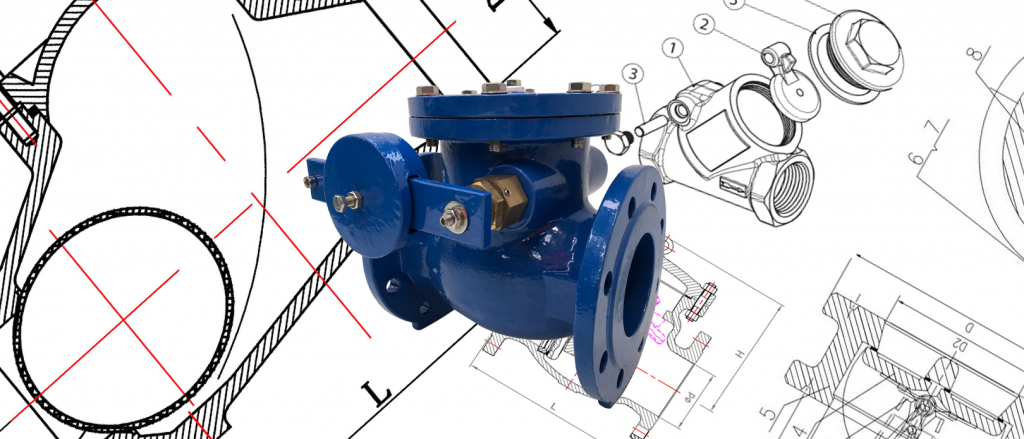Check Valves – 9 things you need to know.
Check Valves – 9 things you need to know.
What is a check valve? Check valves are generally two-port valves, meaning they have two openings in the body, one for fluid to enter and the other for fluid to leave. There are various types of check valves used in a wide variety of applications. Check valves work automatically and most are not controlled by a person or any external control; accordingly, most do not have any valve handle or stem.
Ball Check Valve
A ball check valve is a check valve in which the closing member, the movable part to block the flow, is a ball. In some ball check valves, the ball spring-loaded to help keep it shut. For those designs without a spring, reverse flow is required to move the ball toward the seat and create a seal. The interior surface of the main seats of ball check valves are more or less conically-tapered to guide the ball into the seat and form a positive seal when stopping reverse flow. Ball check valves must be oriented in a way that the direction of lift remains vertical.
Swing Check valve
A swing check valve is a check valve in which the disc, the movable part to block the flow, swings on a hinge, either onto the seat to block reverse flow or off the seat to allow forward flow. The seat opening cross-section may be perpendicular to the centerline between the two ports or at an angle. The force of gravity has an important role in determining how well a check valve can function. Hence, both location and orientation of these valves must be considered for your required application.
Swing check valves should be located in a manner that their position allows their disc to be closed freely by gravity.

6 additional things you should know about Check valves.
- Pipe diameter isn’t the only consideration when it comes to proper sizing. Application and flow must also be taken into consideration.
- Water Hammer is a pressure surge or wave caused when a fluid in motion is forced to stop or change direction suddenly. This can damage both the pipework, valves and pumps. The correct check valve will significantly reduce this condition.
- An undersized check valve causes excessive noise, vibration, and high loss in water pressure.
- An oversized check valve causes extensive wear of valves as well as failure of essential internal components.
- Size matters! Properly sized check valves will add longevity and durability to not only the valves, but pumps and related components too.
- Remember to properly size check valves by considering opening pressure. This will make sure the valve is completely open based on maximum fluid flow.



